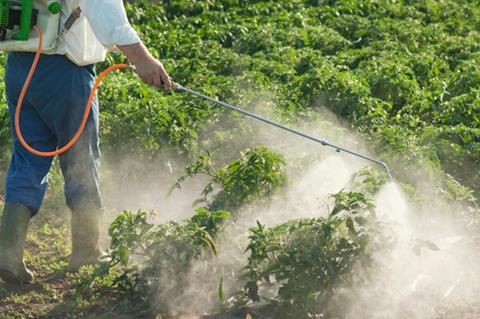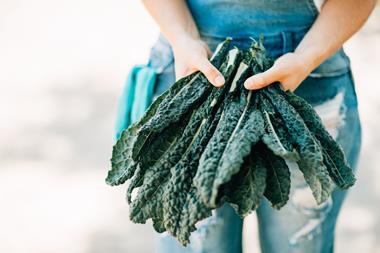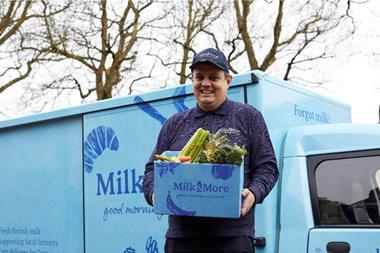
The Pesticide Action Network has called on the government to act following recent findings revealing foods containing pesticides are becoming increasingly common.
The proportion of bread containing traces of two or more pesticides has almost doubled in the past year to 50%, according to new data from the campaign group.
The figure marks an increase from the average result over the past decade when, on average, roughly a quarter of bread had been found to contain pesticides.
It comes as PAN UK launched its annual ‘Dirty Dozen’ list of fruit and vegetables most likely to be contaminated with multiple pesticides.
This list included many which had more than 50% of its variety contaminated by multiple pesticides. These include grapefruits (100%), grapes (92%), bananas (72%), berries & small fruits (60%), peppers (56%) and raspberries (45%).
The remaining fruit and vegetable varieties listed included spring greens & kale, melons, beans with pods, aubergines, broccolis and mushrooms, all of which had at least 10% of samples containing multiple pesticides.
The findings echoed by the most recent data published by the UK government, relating to testing conducted in 2021, which revealed just under a third of vegetables (30%) and more than two-thirds of fruit (69%) contained residues of more than one chemical.
“There is a growing body of evidence showing that pesticides can become more harmful when they’re combined with each other,” said Nick Mole, policy officer at PAN UK. “And yet we continue to set safety limits for just one chemical at a time. We actually have no idea of the long-term impacts of consuming tiny amounts of hundreds of different chemicals. We are choosing to play Russian roulette with people’s health.”
PAN UK analysis of the government’s testing programme results found a total of 137 different pesticide residues across all produce, including 46 carcinogens. In addition, over a third of the pesticides measured are not approved in the UK.
“They are either slipping past our shoddy border checks unnoticed, or foreign producers are being handed a competitive advantage by being allowed to use pesticides banned in the UK to protect human health or the environment,” added Mole. “At a time when we are asking our own farmers to produce more sustainably, we should not be making it harder for them to earn a living.”
PAN UK has called for more action from the UK government to ensure new trade agreements don’t lead to an influx of pesticide-laden imports.
“Our role is to protect consumers by ensuring that any food placed on the market is safe,” Mark Willis, head of chemical contaminants & residues branch chemical safety policy at the Food Standards Agency. Where pesticides in a food product are found to be above a maximum residue level the FSA will be informed. If it exceeds this maximum level and may constitute a risk to health, we will ensure appropriate action is taken, such as removing items from the market.”
“Our role is to protect consumers by ensuring that any food placed on the market is safe. Where pesticides in a food product are found to be above a maximum residue level the FSA will be informed. If it exceeds this maximum level and may constitute a risk to health, we will ensure appropriate action is taken, such as removing items from the market.”



















No comments yet